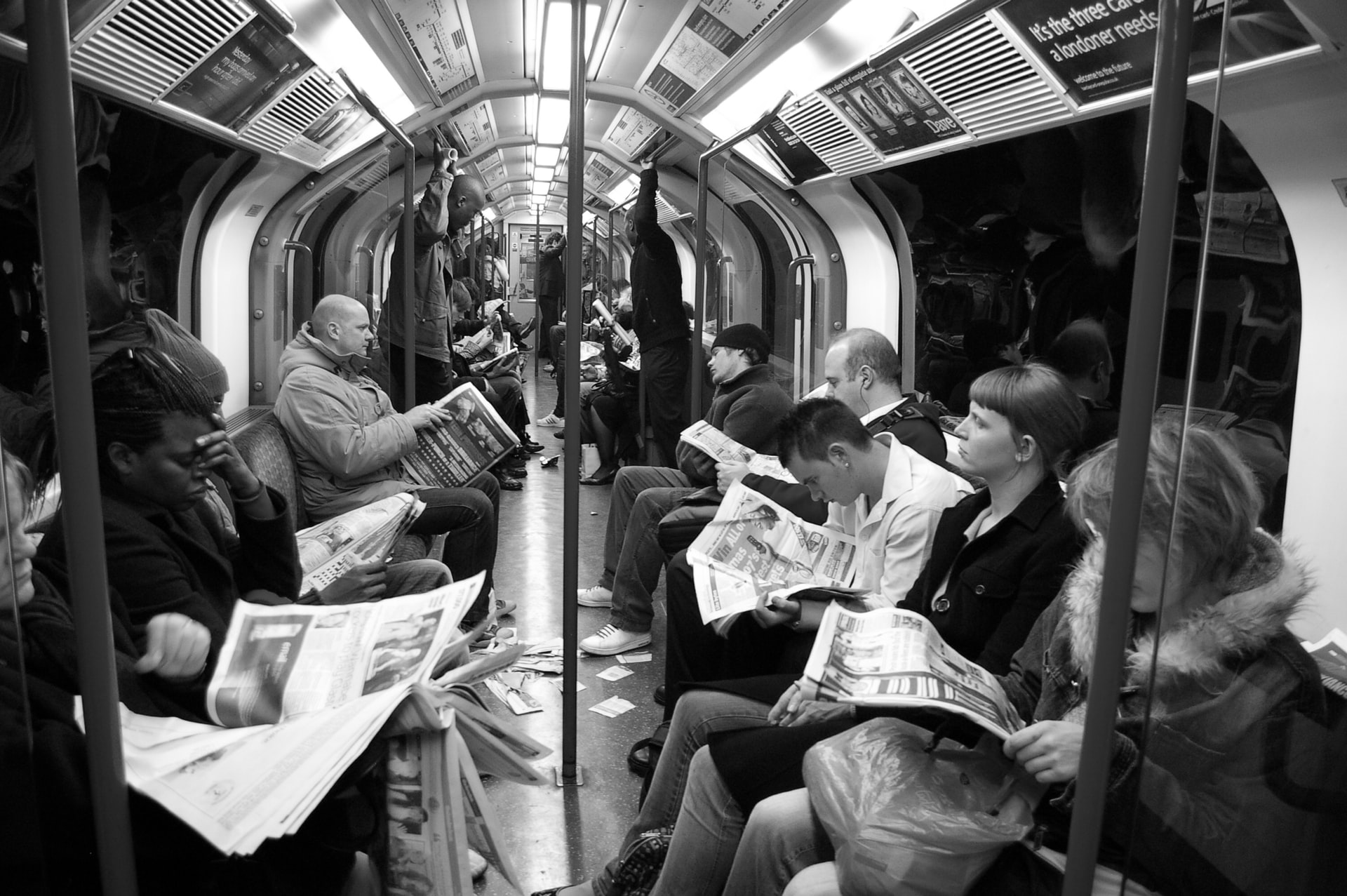Today someone I follow on Twitter asked how do we know if some news is actually true (it’s not fake news, that is). I already answered there, in a very short tweet, but I would like to expand here.
Basically, it’s a 4 stages process (which is, honestly, most of the time on autopilot) in which I get a decent “feel” of how truthful a piece of information may be.
Step 1: Context
What is the medium / publication? Is it on social media? Is it on mainstream media? Is it on sidestream or downstream media? It’s on a random email message I got? It’s simply gossip, or rumors?
Every context carries around a bit of inertia. In the sense that you know how it shapes information. You know that in social media you read mostly opinion, not news. You also know that in mainstream media you read something that’s appealing, you know, to the majority – but not necessarily true. And you know that in downstream media you may read something that’s outrageously true, like some Anonymous leak, or, on the contrary, something that’s downright hallucination, like flatearthers conspiracies.
The point is that you already get some basic level of credibility just by looking at the context.
Of course, sometimes the context itself may be superseded or obfuscated, and you need more work to establish if you’re reading something at least plausible, or just some fantasy.
Step 2: Cross-check
If you still have doubts after assessing the context, you should try and cross-check that piece of information. How many other outlets are reporting about it? What’s their tone of voice? How much difference is in the facts and how much in the opinion?
At this level you already can understand if what you read is propaganda (fake-news), or it is actually something that’s based on a fact. The reports may differ in angles, but if they are reporting the same event, you may at least know it happened.
For most of the news I get, that’s the level where I usually stop. Simply because a cross-check, paired with a media context, can reveal a decent amount of plausibility for a certain news.
But there are cases in which this is not enough.
Unfortunately, we live in such times. One of the most common distortion in the news, for the last year and a half, is related to very specific, medical information. I’m talking about information about the ability of certain viruses to replicate, to generate harm, or, on the contrary, the ability of certain medicines (including vaccines) to provide relief.
If I want to know how truthful any of these information is, I have to rely on something way more complex.
Step 3: Peer-reviewed Papers
When some very niched information, like the level of immunity against a certain virus, is spread on mainstream media, I usually go to scientific sites, and start reading peer-reviewed studies. This is a very time consuming activity, but the stakes are also very high. If I am to believe the fear mongering spread by mainstream media, than I want to be sure it’s true. For the record, fear mongering is simply because algorithms are positioning fear before non-fear related material, fear generates more attention than any other emotion.
Most of the time, the alarmist news is not true. And I’m not telling this like it’s a nuance, no, it’s a plain lie. Like, for instance, the widespread claim that masks are providing an effective protection against infections with coronaviruses. Peer-reviewed studies are showing there is no evidence about that, there is not link between wearing a mask and the level of protection you get (or, the difference between control group and target group is within the error margin). And most of the news related to the danger of Covid-19 are very tilted towards the fear side, while information related to the safe parts is either distorted, or ignored (like in not published at all).
You would say that at this step I can gather a significant certainty about some facts. Alas, that’s not the case. There is one more step.
Step 4: Who Funded The Above Studies
All peer-reviewed studies are required to disclose information about who funded them. And that’s the final step in deciding how biased / unbiased a certain conclusion is. Because, you know, there are many funds out there which are geared towards specific results. The scientific community is not about postulating theories and proving them anymore, it’s more about creating studies that are validating certain theories. Many scientists are seeing themselves out of the funding circuit if they are trying to prove some controversial hypothesis. It’s better to ask money for studies who are rhyming with the agenda of certain groups, at least if you want to have some work at all, as a researcher.
Here, too, it gets really difficult, because you need to understand how various foundations and universities are linked to the real source of the money, but with a little bit of work, you can do it. The benefit is that, once you get a little bit of knowledge, you understand the patterns. There are certain types of studies, funded only by certain types of funds / universities / foundations.
Like I said, this is a short process. The last 2 steps are a bit lengthy, but I don’t think you really have to use them unless there is some black swan event, like a pandemic which suddenly serves the agenda of a certain dominant part of the elites, and, as a result, is hijacked and distorted in mainstream media.
Most of the time, a decent check of the context, paired with some basic cross-check, will keep you safe and sane.
Photo by Peter Lawrence on Unsplash

